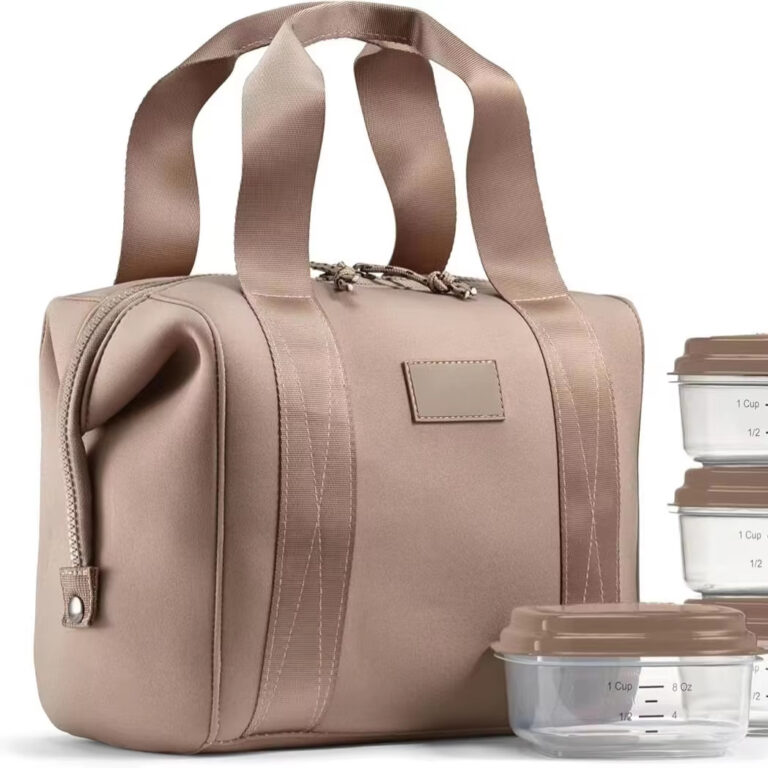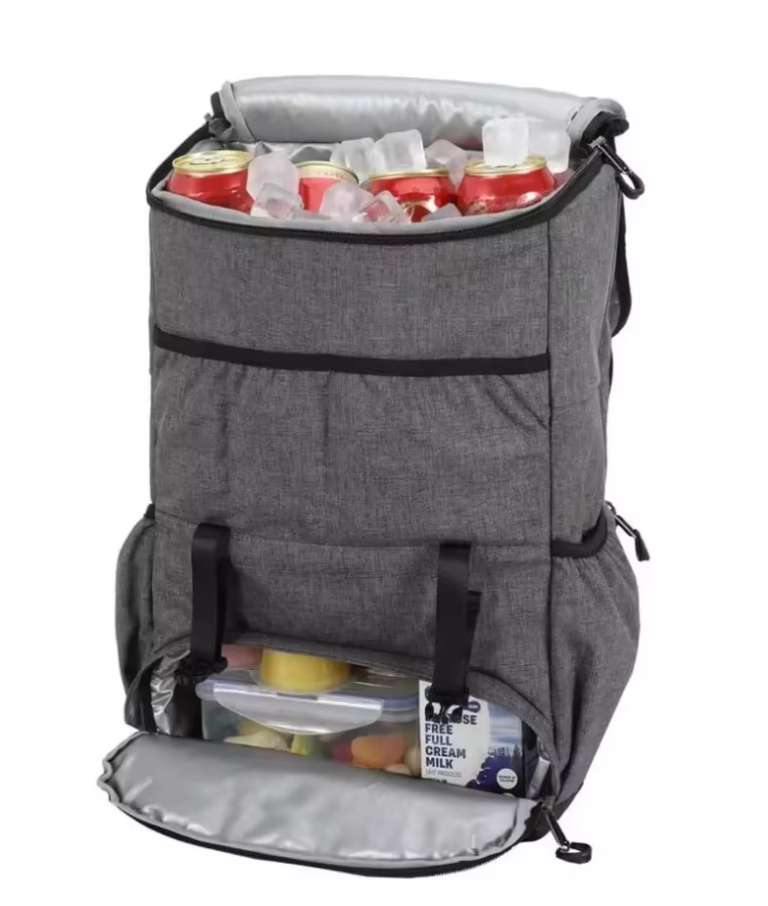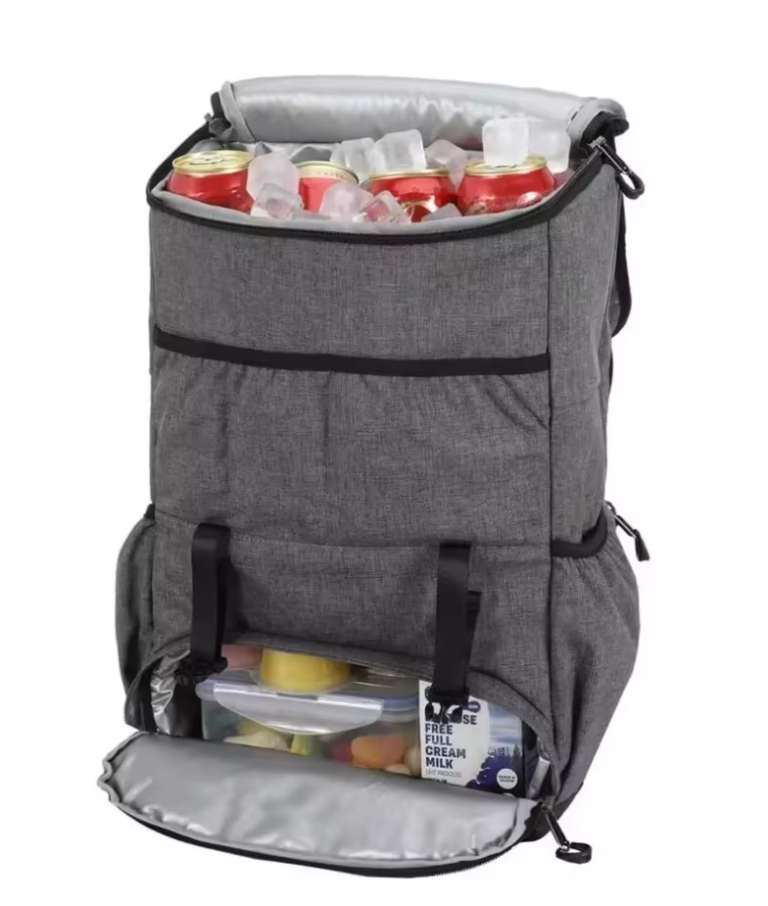Bento Boxes Near Me: Discovering Delicious, Sustainable Meals in Your Neighborhood
Introduction: The Perfect Blend of Convenience and Consciousness
In a world where “what’s for lunch” often intersects with “what’s best for the planet,” the search for “bento boxes near me” has taken on new meaning. Modern consumers aren’t just seeking a quick, balanced meal—they’re looking for options that align with their values, particularly when it comes to low-carbon production. This article explores how local bento shops are embracing sustainable practices, from sourcing ingredients locally to using eco-friendly packaging, to create meals that satisfy both hunger and environmental responsibility. Whether you’re a busy professional, a student, or a foodie, your quest for nearby bentos can now support a healthier planet while delighting your taste buds.

The Timeless Appeal of Bento Boxes
Originating in Japan, bento boxes are a culinary art form that marries nutrition, aesthetics, and practicality. These compartmentalized meals typically include rice, protein, vegetables, and pickles, offering a balanced diet in a portable package. Historically, they were a staple for Japanese workers and travelers, but today, their global popularity stems from:
- Portability: Ideal for on-the-go lifestyles, whether for office lunches, park picnics, or commutes
- Visual Appeal: The “wari-bento” (divided box) design turns meals into colorful, Instagram-worthy creations
- Customization: Options for every diet—vegan, gluten-free, low-carb—and cultural twists like Korean-inspired kimchi bentos or Mexican-style burrito bentos
But in the age of climate awareness, the appeal has evolved: consumers now prioritize how their food is made and packaged. This shift has made low-carbon production a key factor in choosing where to buy bentos, driving local vendors to innovate.
How to Find Bento Boxes Near You: A Google-Optimized Approach
To uncover the best sustainable bento spots, use these SEO-friendly strategies:
1. Refine Your Search Queries
- Include keywords like “low-carbon production bento near me” or “sustainable bento delivery [your city]”
- Use long-tail phrases for specificity: “organic ingredients bento box downtown” or “zero-waste bento near me”
2. Explore Google Features
- Google Maps: Search “bento boxes near me” and filter by “Sustainability” (where available) or check reviews for terms like “local farms” or “recyclable packaging”
- Google Business Profiles: Many eco-conscious shops highlight their low-carbon production efforts in descriptions, such as “100% locally sourced” or “carbon-neutral kitchen”
- Reviews and Ratings: Look for phrases like “they use biodegradable boxes” or “I bring my own container for a discount”
The Core of Sustainable Bento: Low-Carbon Production Explained
Low-carbon production in the food industry refers to minimizing greenhouse gas emissions throughout the supply chain—from farming to packaging to delivery. For bento vendors, this means:
1. Local Sourcing: Shortening the Supply Chain
By partnering with nearby farmers and producers, shops reduce the carbon footprint of transporting ingredients. For example:
- Greenfield Bento in Seattle sources 90% of its produce from Washington state farms, cutting transportation emissions by 60% compared to national suppliers.
- Seasonal menus ensure ingredients are harvested at their peak locally, avoiding energy-intensive greenhouse growing or overseas shipping. Chef Marco from Harvest Bento Co. in Chicago notes, “Our summer bento with Illinois corn and Michigan cherries isn’t just fresh—it’s a low-carbon choice by default.”
2. Eco-Friendly Packaging: Ditching Plastic for Planet-Friendly Alternatives
Traditional plastic bentos are being replaced by sustainable materials:
- Biodegradable/Compostable Options: Containers made from cornstarch, sugarcane, or recycled cardboard (e.g., Bloom Bento in Vancouver uses trays that decompose in 90 days)
- Reusable Systems: Shops like BentoCycle in Tokyo (now with locations in NYC) offer a “container rental” model: pay a small deposit for a durable stainless-steel box, return it for a clean one, and save 10% on each meal. Since 2024, they’ve eliminated 120,000 single-use boxes.
3. Energy-Efficient Kitchens: Cutting Emissions at the Source
Modern kitchens are adopting green technologies:
- Induction stoves (50% more energy-efficient than gas)
- Solar-powered water heaters or LED lighting
- Waste reduction: EcoBento LA turns food scraps into compost for local gardens, reducing landfill waste and cutting methane emissions
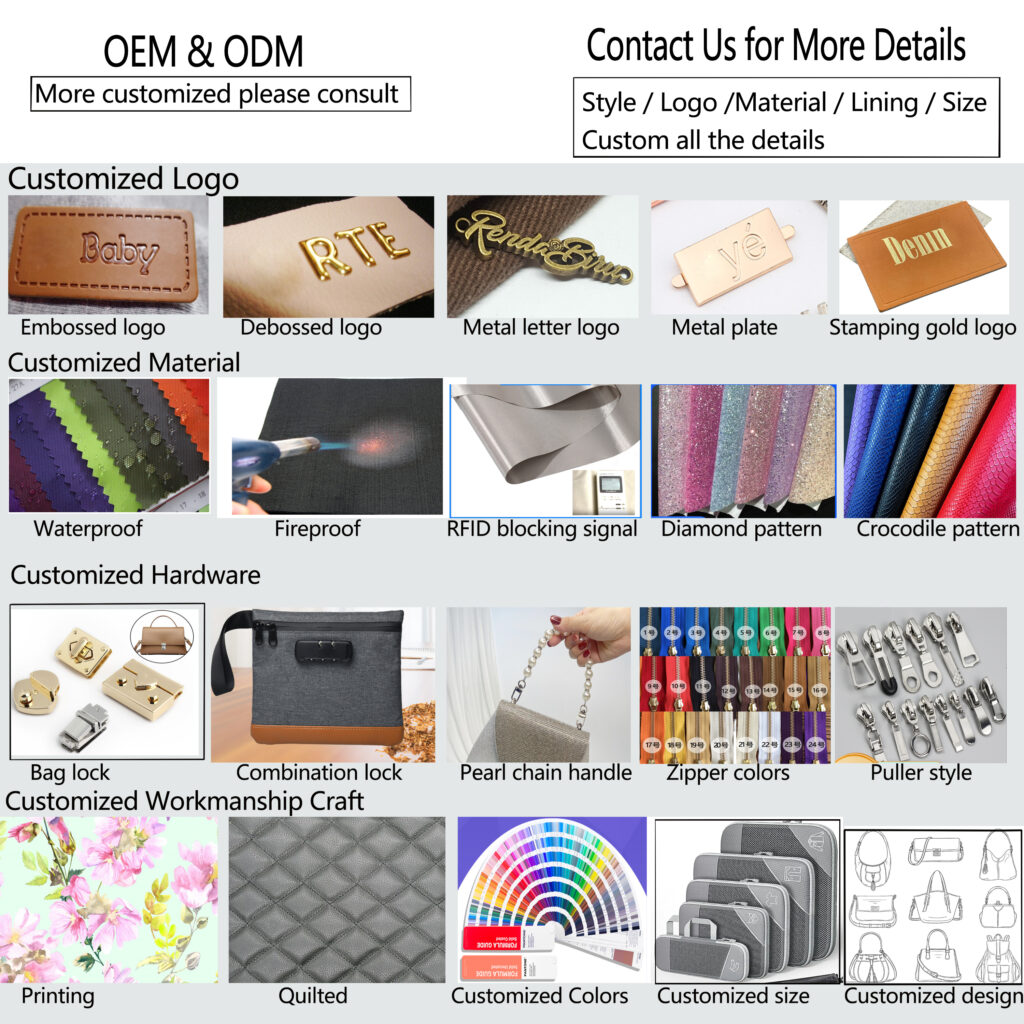
Case Studies: Local Bento Heroes Leading the Low-Carbon Charge
1. Sakura Sprout (Portland, Oregon)
- Low-Carbon Practices:
- 100% organic ingredients from Oregon’s Willamette Valley
- Delivery via electric bikes (zero-emission delivery within 3 miles)
- Packaging: Reusable glass containers with a $5 return deposit
- Signature Bento: The “Carbon-Conscious Catch” features salmon from local fisheries and quinoa from Eastern Oregon, all packed in a reusable bamboo box.
- Google Review: “I love that Sakura Sprout tells me exactly where each ingredient comes from—plus, returning the container feels like a small win for the planet!”
2. Mori’s Green Box (London, UK)
- Sustainability Standouts:
- Vertical farming partnership for leafy greens (reduces water use by 80%)
- Carbon offset program: for every bento sold, they plant a tree with the National Forest Foundation
- Packaging: 100% recycled ocean plastic trays (each box removes 5g of marine waste)
- Must-Try: The “Zero-Mile Bento,” featuring UK-grown lentils, English cheddar, and honey from London rooftop hives.
3. Natsu Bento (Sydney, Australia)
- Innovation in Low-Carbon Design:
- Solar-powered kitchen that generates 40% of its energy needs
- Partnership with “Farm to Box,” a local initiative that connects chefs with surplus produce (reducing food waste by 30%)
- Delivery via cargo bikes in the CBD, cutting 1.2 tons of CO2 annually
Why Choosing Low-Carbon Bento Boxes Matters
Beyond personal convenience, your choice supports a broader movement:
1. Reduces Your Individual Carbon Footprint
A 2025 study by the Sustainable Food Institute found that meals from low-carbon production vendors have 40–60% fewer emissions than conventional takeout. This is due to shorter transport distances, sustainable packaging, and efficient energy use.
2. Supports Local Economies
Every dollar spent at a neighborhood bento shop keeps revenue in the community, fostering jobs and supporting small-scale farmers and producers. As opposed to chain restaurants, local shops often have deeper ties to the region’s environmental goals.
3. Drives Industry-Wide Change
Consumer demand for sustainable options pushes larger brands to adopt greener practices. When enough customers prioritize low-carbon production, it creates a ripple effect—encouraging more vendors to invest in renewable energy, local sourcing, and eco-packaging.
Tips for Maximizing Your Bento Experience (and Impact)
1. Look for Transparent Brands
Choose shops that share their sustainability reports or have certifications like B Corp or Carbon Trust. Transparency is a sign of genuine commitment to low-carbon production.
2. Bring Your Own Container
Many eco-friendly bentos already use reusable or biodegradable packaging, but bringing your own box can further reduce waste—and often earns you a discount!
3. Engage with Social Media and Reviews
Follow your favorite bento spots online to learn about their low-carbon initiatives, and leave reviews mentioning their sustainability efforts. Positive feedback helps these businesses thrive and inspires others to follow suit.
4. Try DIY Bentos (for the Eco-Creative)
Use local inspiration to make your own bentos at home! Source ingredients from farmers’ markets, use leftover veggies creatively, and pack meals in reusable containers. It’s a fun way to cut emissions while enjoying the art of meal prep.
The Future of Bentos: A Low-Carbon Vision
As climate action becomes increasingly urgent, the “bento boxes near me” trend will likely evolve to include:
- Carbon Footprint Labels: Menu items displaying their total CO2 emissions, similar to nutrition facts
- Closed-Loop Systems: More shops offering “borrow-return” container programs, eliminating single-use packaging entirely
- Regenerative Practices: Farms partnering with bentos to implement carbon-sequestering agriculture, like cover cropping or agroforestry
- Plant-Based Innovation: Low-emission proteins like lab-grown meat or jackfruit teriyaki becoming standard in bentos, reducing the environmental impact of animal agriculture
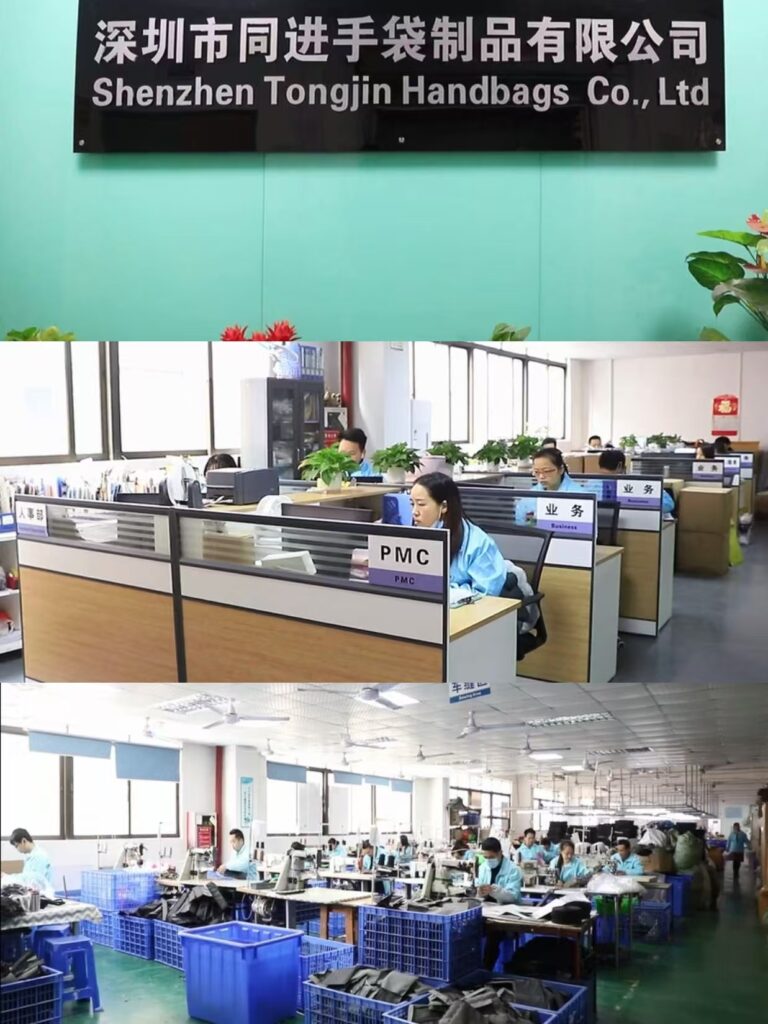
Conclusion: Your Lunch Order Can Change the World—One Bento at a Time
The next time you search for “bento boxes near me,” remember that your choice is more than a meal: it’s a vote for the kind of food system you want. By seeking out vendors who prioritize low-carbon production—whether through local sourcing, eco-packaging, or energy-efficient kitchens—you’re contributing to a healthier planet while enjoying the beauty and convenience of a well-crafted bento.
So go ahead, explore the hidden gems in your neighborhood, savor the flavors of sustainably sourced ingredients, and take pride in knowing that your lunch supports a future where delicious food and environmental responsibility go hand in hand.
Ready to Start?
Grab your reusable container, open Google, and search for “bento boxes near me” with a new lens—one that looks for low-carbon production, local stories, and green innovation. Your taste buds (and the Earth) will thank you.
Tags:cosmetic bags,tactical backpack
Contact us for a wholesale quote

